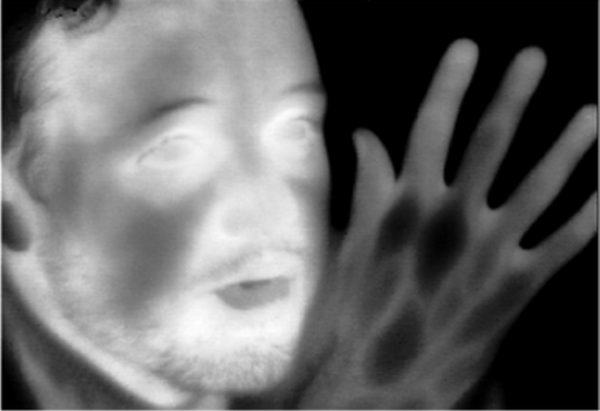Infrared photodetector technology is critical to national defense and security systems. But the uses of this critical technology has spread immensely in commercial applications and consumer products. Researchers have been trying to improve infrared photodetector technology. Finally, researchers from Arizona State University (ASU) have found a way to improve infrared photodetector technology that is critical to national defense and security systems and can be used increasingly in medical diagnostics, commercial applications and consumer products.
It’s been reported in a recent article about infrared photo-detection in the journal Applied Physics Letters. It’s a detail report with the discovery of how infrared photodetection can be done more effectively by using certain materials arranged in specific patterns in atomic-scale structures.The success came with the help of using multiple ultrathin layers of the materials which are only several nanometers thick. Crystals are formed in each layer. These layered structures are then combined to form what are termed ‘super-lattices.’
ASU engineers are working on technological advances. When the technology will become advanced it will enhance infrared photo-detection which is used in sophisticated weapons and surveillance system, industrial and home security systems, medical diagnostics and night vision equipment for law enforcement and driving safety. Photodetectors convert different wavelengths of light into an electrical signal. The crystals determine a photodectector’s sensitivity and the quality of detection.
The team is using a combination of indium arsenide and indium arsenide antimonide to build the superlattice structures. Elizabeth Steenbergen said, “The combination allows devices to generate photo electrons necessary to provide infrared signal detection and imaging. In a photodetector, light creates electrons. Electrons emerge from the photodetector as electrical current. We read the magnitude of this current to measure infrared light intensity.” An electrical engineering postdoctoral research associate and team member Orkun Cellek said, “In this chain, we want all of the electrons to be collected from the detector as efficiently as possible. But sometimes these electrons get lost inside the device and are never collected.”.
Zhang who is a professor in the School of Electrical, Computer and Energy Engineering and leading the work on infrared technology research in ASU’s Center for Photonics Innovation said’ “The new materials is reducing this loss of optically excited electrons, which increases the electrons’ carrier lifetime by more than 10 times what has been achieved by other combinations of materials traditionally used in the technology. Carrier lifetime is a key parameter that has limited detector efficiency in the past. Another advantage is that infrared photodetectors made from these superlattice materials don’t need as much cooling. Such devices are cooled as a way of reducing the amount of unwanted current inside the devices that can ‘bury’ electrical signals. To know more details, click here.
Researchers say improvements can still be made in the layering designs of the intricate superlattice structures and in developing device designs that will allow the new combinations of materials to work most effectively. “You would be able to see things ahead of you on the road much better than with any headlights,” Cellek says.
Lets hope for the best for this new technology.
Source : Psysorg
Image Credit : Orkun Cellek/ASU
[ttjad]



